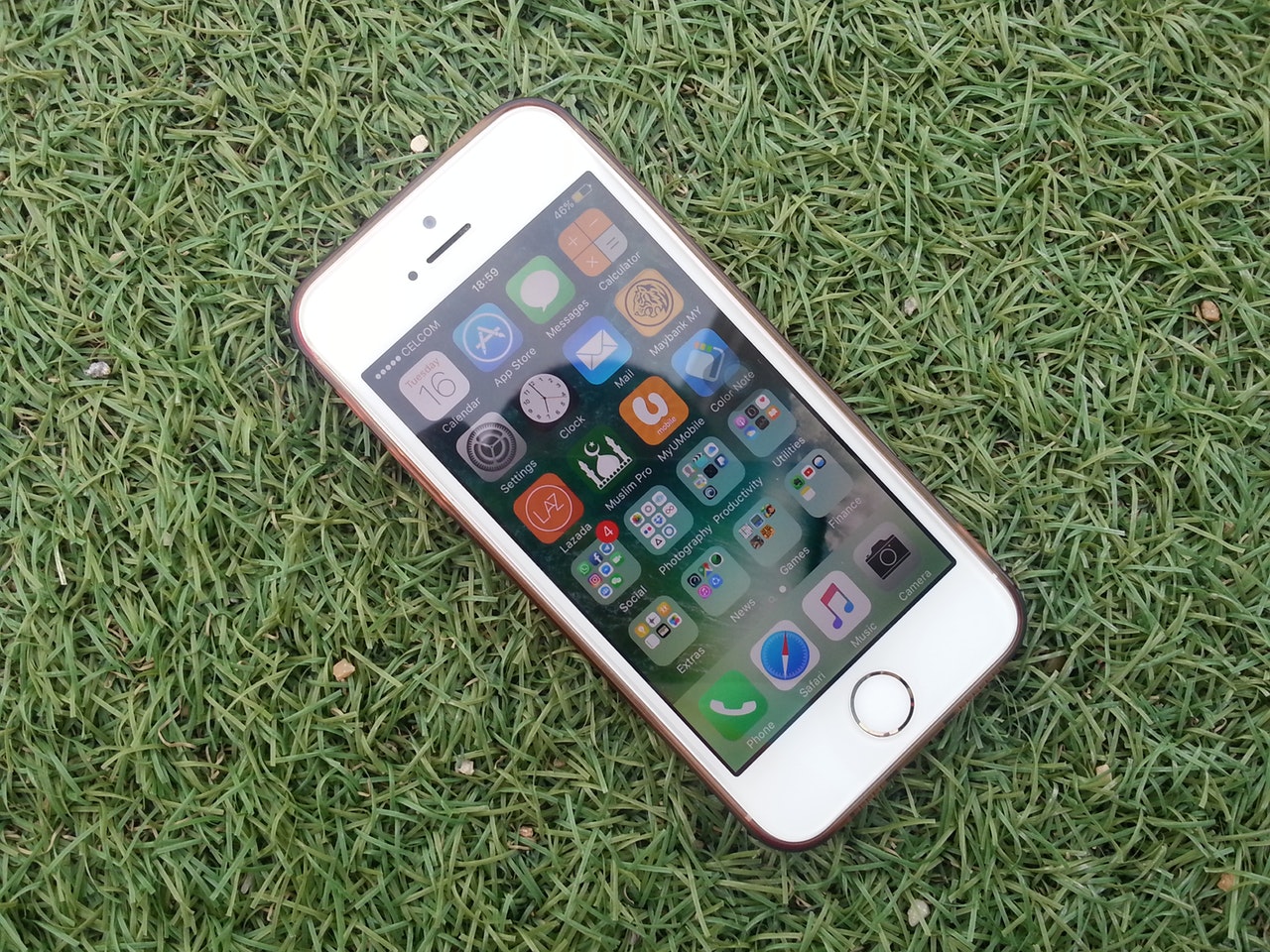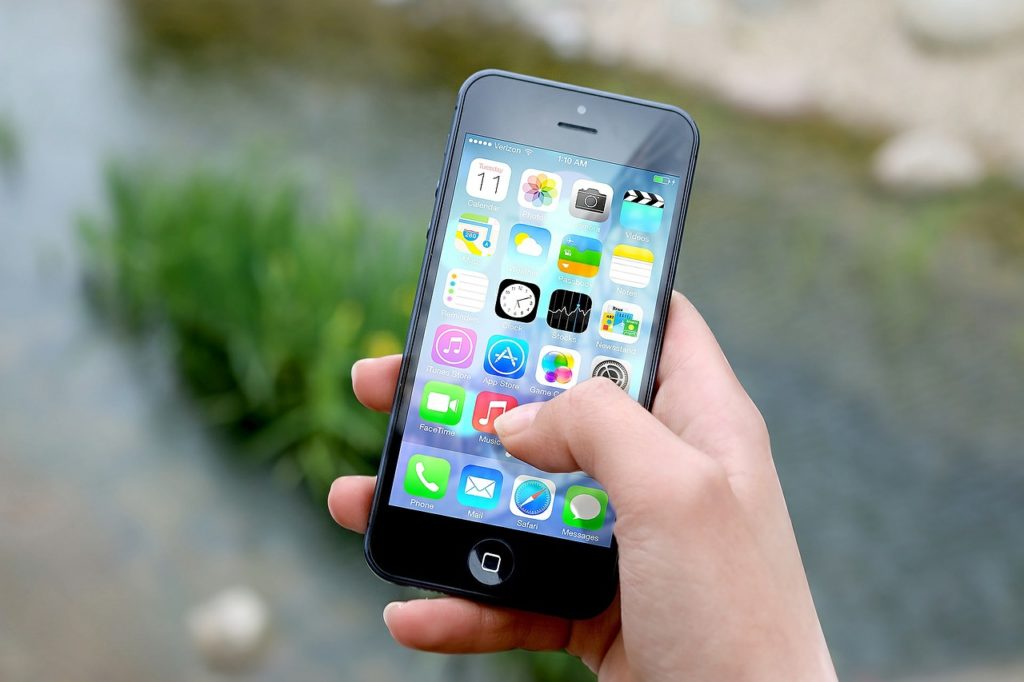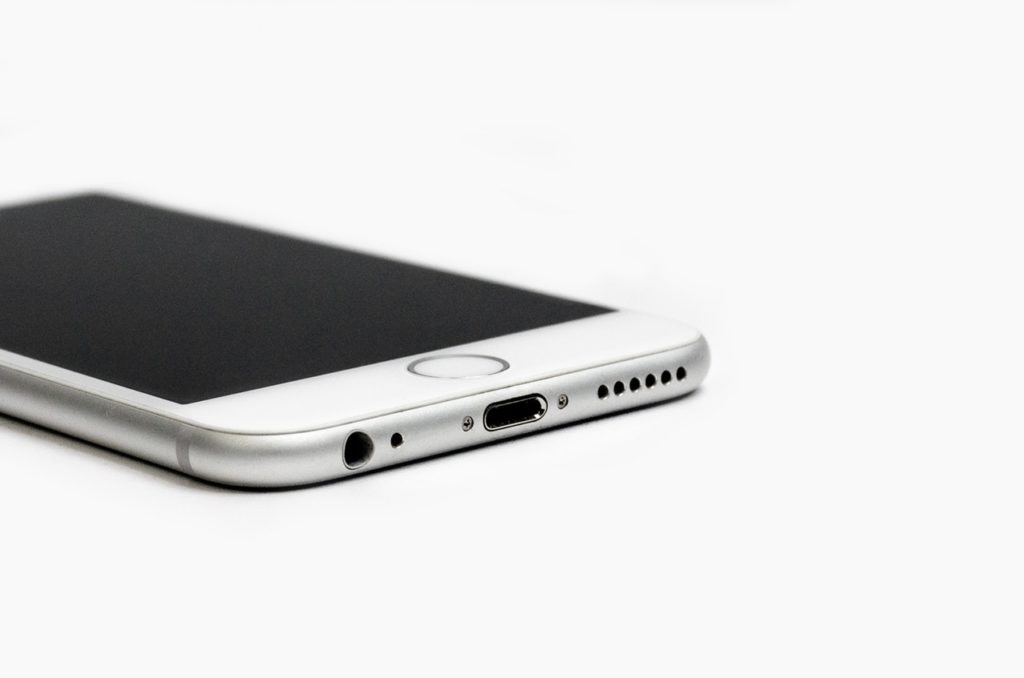If you haven’t already upgraded to iOS 11, what are you waiting for? Apple’s long-awaited new operating system was launched in September 2017, and iPhone and iPad owners worldwide have been thrilled with the awesome new features and sleek design. Read on to learn about what you need to do to get your device is ready for the upgrade.
Make sure your device is compatible.
Every time Apple introduces a new version of iOS, there’s usually a new cutoff line between those devices that are compatible with the upgraded system and those that aren’t. For iOS 11, the cutoff point is the iPhone 5s. Older models, including the iPhone 5 and 5c, don’t support the new system. If you’re not sure whether your device is compatible, you can check out Apple’s official compatibility list for iOS 11 online.
Back up your device.
The most important thing to do before upgrading to iOS 11 is to back up your iPhone. This will help make sure you have everything saved and accessible so you don’t end up losing important data. To do a backup, there are a couple of options from which you can choose. An iCloud backup is the most popular choice for iPhone owners: it’s quick to set up, easy to restore from, and very secure. If you don’t already have automatic iCloud backups enabled on your device, you can do one manually under the iCloud option in your Settings menu.
If you prefer a local backup to a cloud-based one, you can use iTunes instead: use a USB-Lightning cable to connect your iPhone to a desktop, open up iTunes, click on the icon for your device, and select Back Up Now in the Summary section. Be sure to check the Encrypt Local Backup box for additional security, and don’t forget that if this is your first time using iTunes to back up your device, the process might take some time.
Clean up your device.
Upgrading to iOS 11 is also a great reason to do some spring cleaning on your phone. Among other reasons, you’ll need to make sure your device has enough available storage space to install and run the new operating system smoothly. It’s a good idea to find a new home (like your desktop computer or a cloud storage account) for things like photos, video, and audio files that take up lots of room.
You’ll also want to check your apps to see if there are any old or little-used programs you can delete. If you want some guidance in choosing apps to delete that will free up the most space, check out the Manage Storage option in your General Settings menu: this will show you a list of all your apps, ranked by order of how much space they’re using. You can choose to delete unwanted apps directly from this screen.
If, like many iPhone owners, you find it a nuisance to do this kind of cleanup on a regular basis, you’re in luck. Some of the new features in iOS 11 can automatically wipe old data from your device and offload apps that haven’t been used for a specified length of time.
Double-check your passwords.
Once you’ve upgraded to iOS 11, your device will ask you to enter your iCloud password before reconnecting you with all your data and photos. This means that it’s vital that you know what that password is. Remember, it won’t help you if the only place your password is stored is on the iPhone itself.
Make sure to note down your password separately from your iPhone, or use an online password manager that’s accessible from other devices. In addition, if you’ve chosen to encrypt your iTunes backup, as described above, you’ll need the password to restore your data if there are any problems during your iOS upgrade.
Install the new system.
Once you’ve followed the steps above, you are ready to install iOS 11. Go to your General Settings menu, tap the Software Update option, and carry out the upgrade from there. Because iOS 11 can be installed wirelessly, you’ll just need a Wi-Fi connection in order to complete the installation process. If this isn’t an option, you can also update your iOS manually through iTunes on a trusted computer.
Make sure your iPhone is fully charged before you begin the installation process, or else plug the device in while it upgrades so you don’t drain the battery. If you receive an error message while trying to install iOS 11, double-check that you have enough available storage space on your device and that your Wi-Fi connection is stable. Then try downloading the update again.



